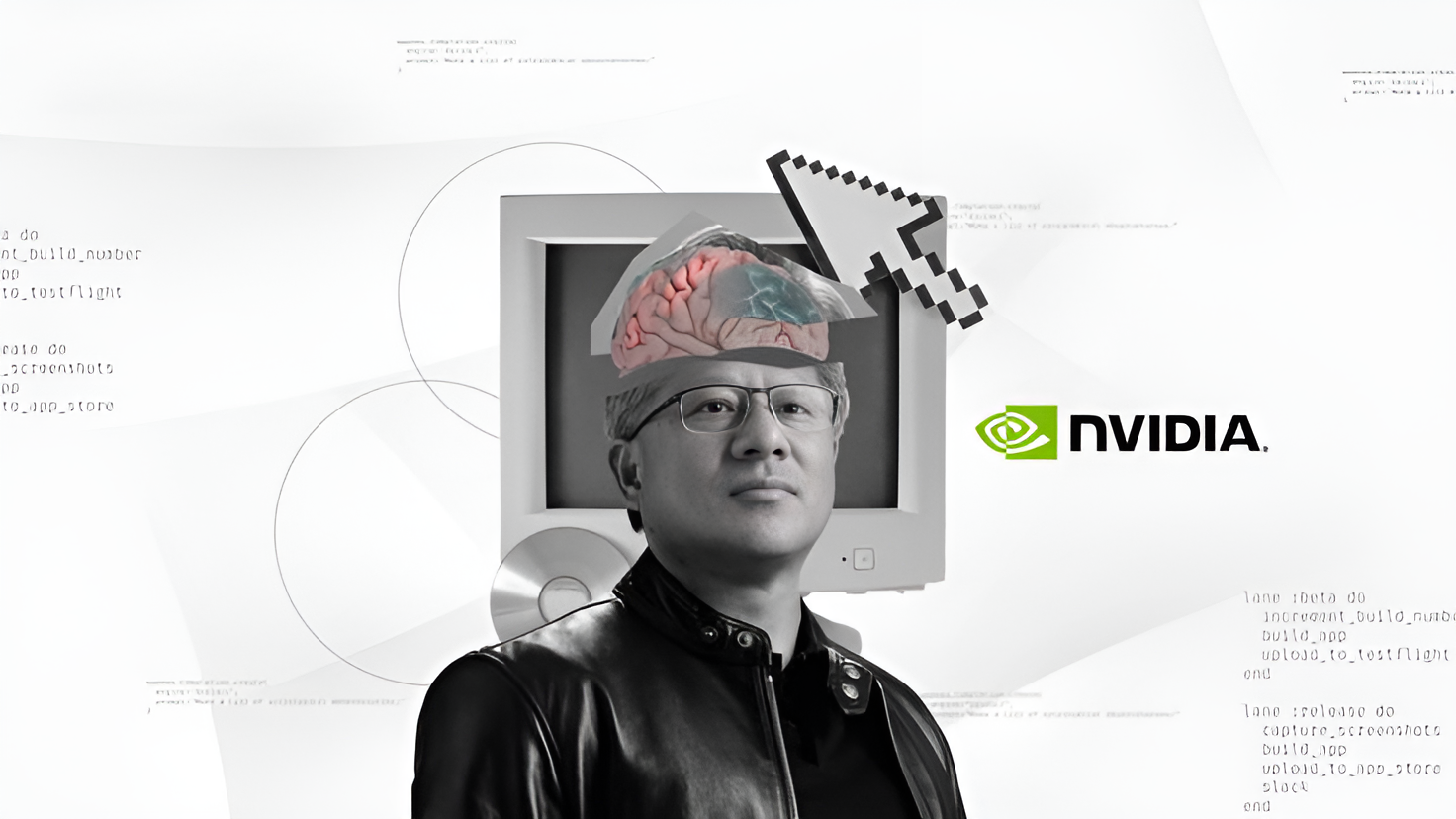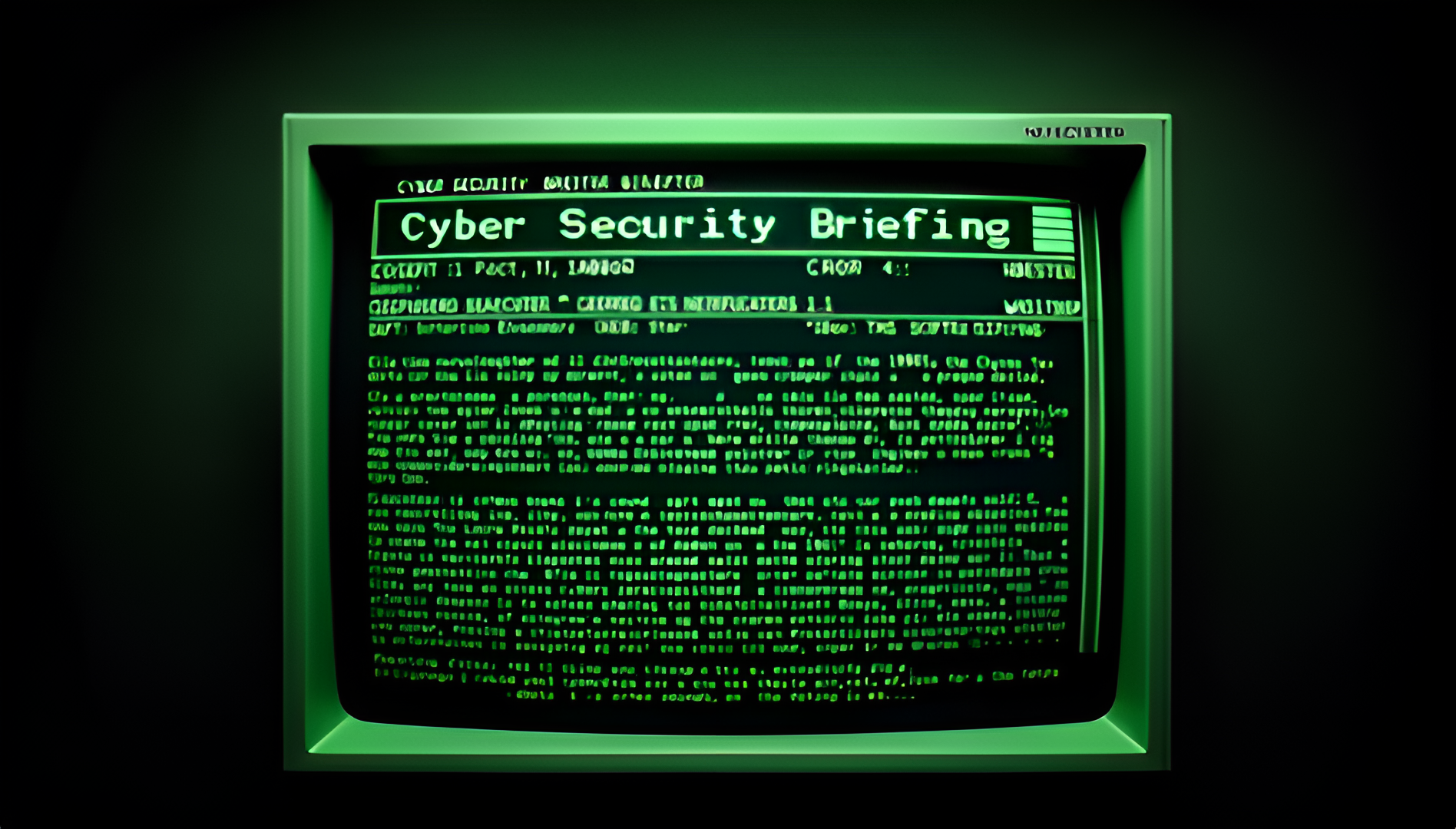Prioritizing Data for Post-Quantum Cryptography (PQC) Analysis Report
5W1H Analysis
Who
The article involves cybersecurity firms, data protection agencies, and enterprises managing sensitive data, particularly those susceptible to quantum computing threats. Key organisations include technology companies, cryptography specialists, and policymakers shaping cybersecurity regulations.
What
The announcement highlights the importance of adopting a scalable cryptography strategy to safeguard data against potential quantum computing threats, which pose a risk to current encryption methods.
When
The importance of implementing post-quantum cryptography (PQC) is addressed in the context of trends leading up to June 2025, reflecting ongoing efforts in organisations to enhance data security.
Where
Globally, markets affected include financial services, healthcare, and government sectors, where data security is critical due to the high sensitivity of the information handled.
Why
The push towards PQC is driven by the emerging capability of quantum computers to crack traditional encryption, necessitating new cryptographic techniques to secure future data.
How
The process involves prioritising data protection through smart cryptographic strategies, employing algorithms resistant to quantum decryption methods, and updating existing systems to be quantum-safe.
News Summary
As quantum computing technology advances, organisations worldwide face the challenge of protecting sensitive data from potential threats posed by these powerful machines. The news stresses the urgency of developing and implementing a smart, scalable cryptography strategy capable of countering these quantum risks. Key stakeholders, including cybersecurity experts, technology firms, and regulators, are urged to prioritise privacy and data protection by employing post-quantum cryptographic solutions.
6-Month Context Analysis
In the recent months preceding this report, there has been growing discourse around the vulnerabilities inherent in existing encryption mechanisms, with multiple international cybersecurity conferences highlighting the issue. Several tech giants and smaller cybersecurity firms have already initiated the transition to quantum-resistant cryptography, indicating a burgeoning industry-wide shift towards enhanced security protocols.
Future Trend Analysis
Emerging Trends
The emphasis on PQC reflects the rising importance of quantum computing in cybersecurity strategies. Increasing investment in PQC research and the development of new quantum-resistant algorithms are expected.
12-Month Outlook
Over the next year, we anticipate broader adoption of PQC frameworks, with initial implementations in sectors like finance and healthcare. Companies that delay adaptation may face vulnerabilities as quantum computing capability becomes more pervasive.
Key Indicators to Monitor
- Advances in quantum computing technology - Adoption rates of PQC across industries - Regulatory changes promoting quantum-safe cryptography - New PQC solutions and innovations released to market
Scenario Analysis
Best Case Scenario
Organisations successfully adopt PQC, preventing data breaches and maintaining consumer trust as quantum computing becomes mainstream.
Most Likely Scenario
Gradual transition to PQC, with hybrid cryptographic solutions bridging existing and quantum-secure methods, while awareness and preparedness improve.
Worst Case Scenario
Failure to implement PQC in time leads to significant data breaches, disrupting operations in critical sectors and eroding public trust in data security measures.
Strategic Implications
Organisations should prioritise the integration of PQC into their cybersecurity strategies, proactively engage with quantum computing experts, and regularly update their systems to remain secure. Companies must also advocate for and adhere to emerging cryptography standards and protocols.
Key Takeaways
- Organisations in vulnerable sectors must expedite their transition to post-quantum cryptography.
- Investment in research and development of quantum-resistant algorithms is crucial for long-term security.
- Keeping abreast of advancements in quantum computing is essential for risk mitigation.
- Building awareness and preparedness among stakeholders can mitigate potential breaches.
- Collaborative efforts with policymakers are vital to establish consistent quantum-safe standards.
Source: Prioritizing data for post-quantum cryptography (PQC)





















Discussion